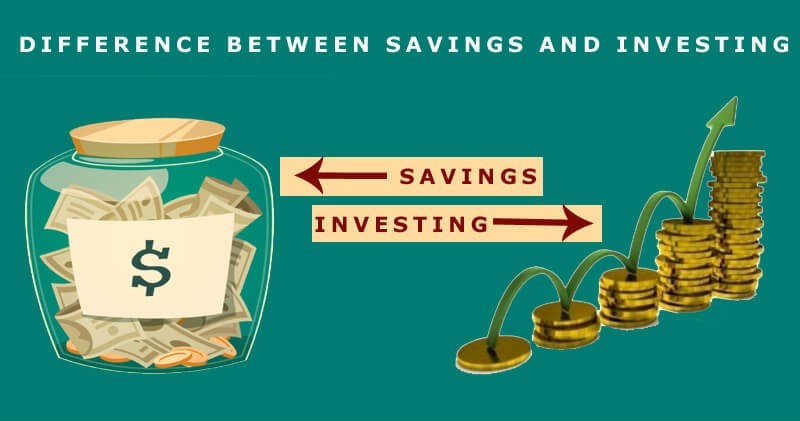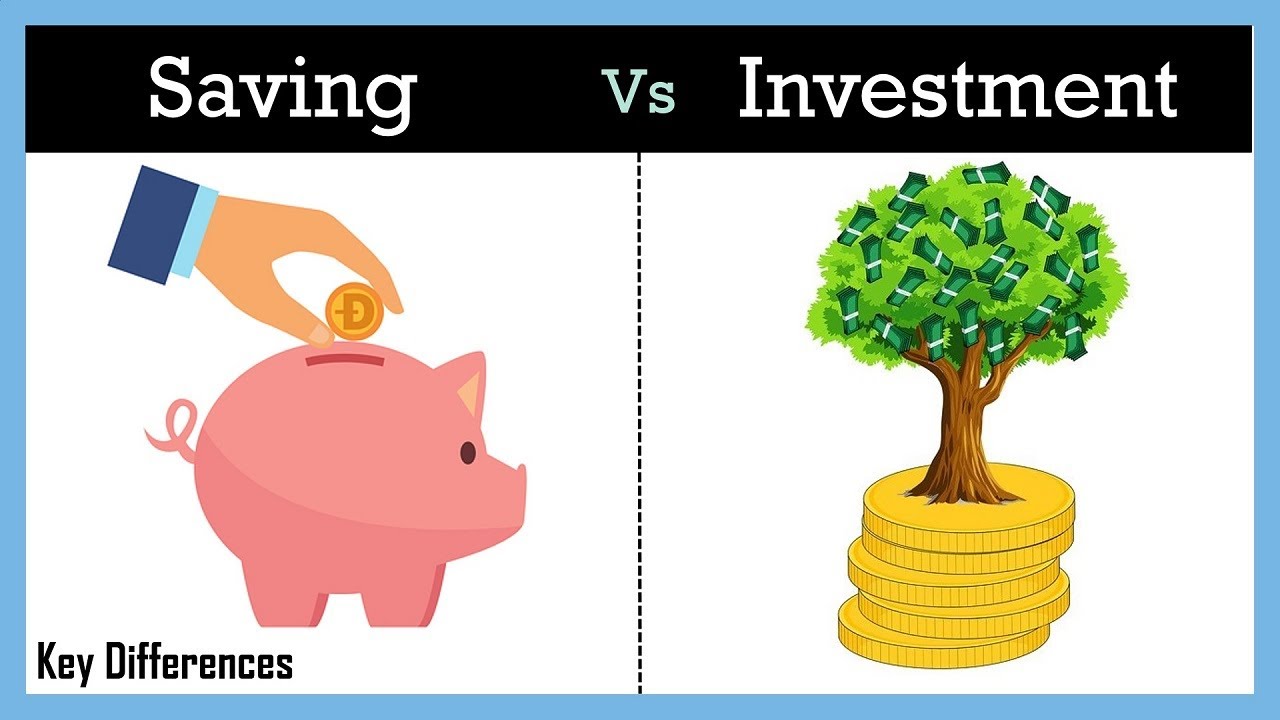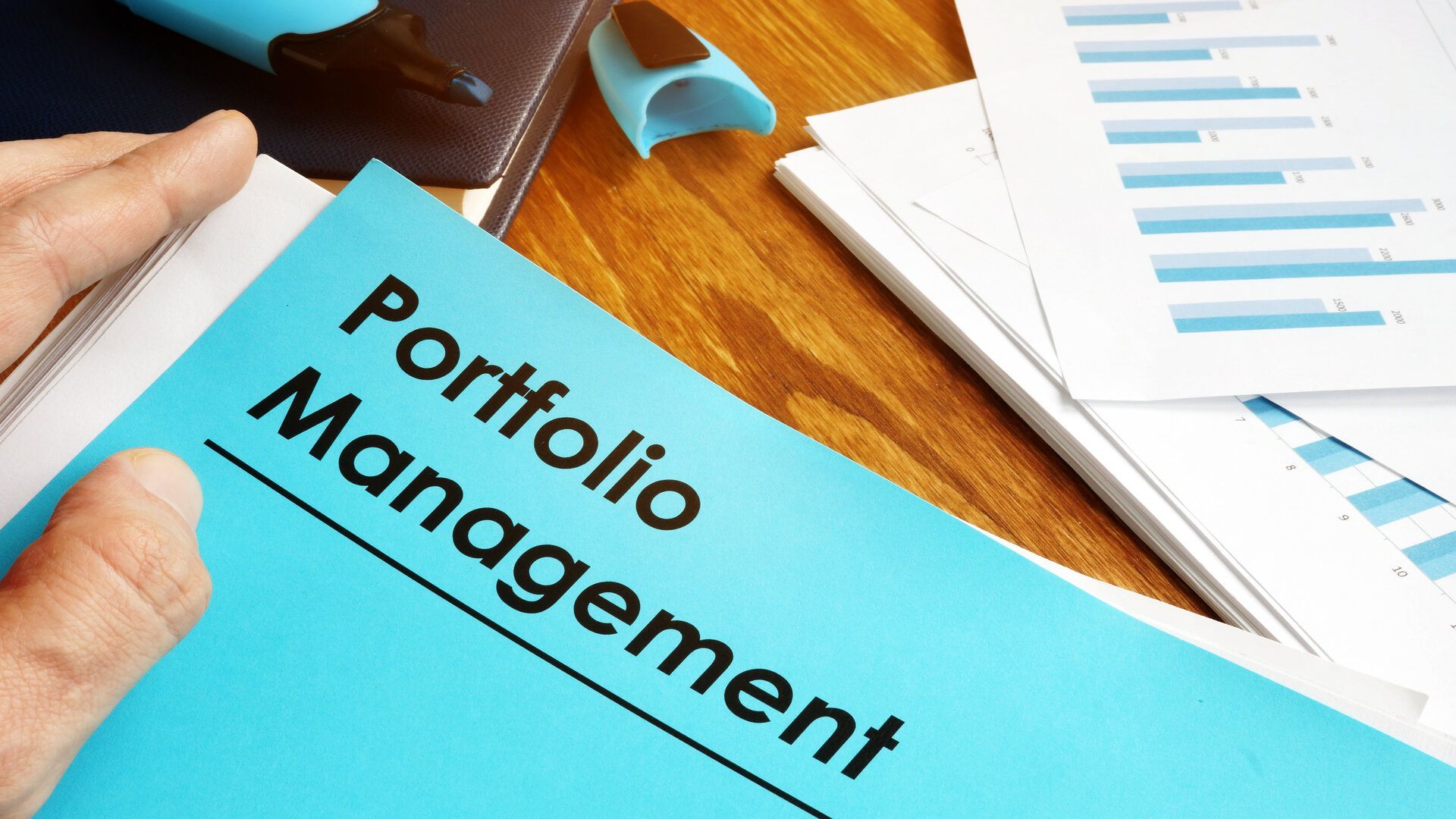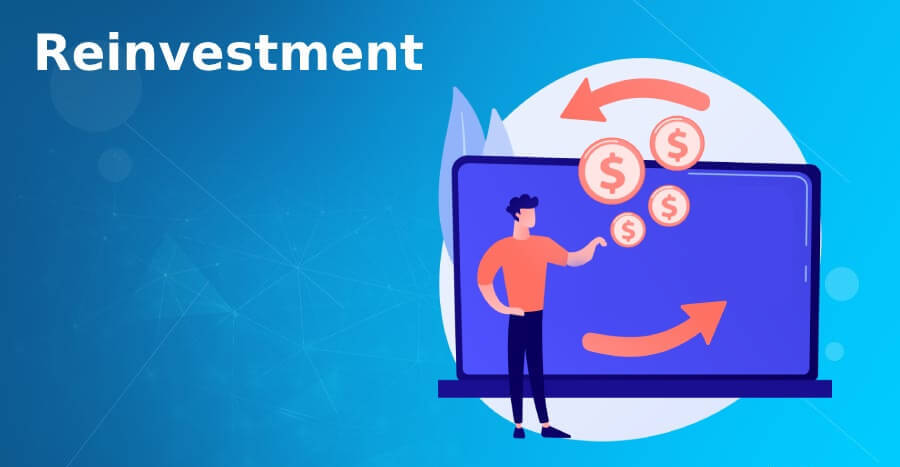Is it better to save or invest? This is one of the first questions that comes to mind when making decisions about our money. Sometimes it seems that these two terms are synonymous, but the reality is that there are important differences between saving and investing. Each of these options has its purpose. Understanding the advantages and disadvantages of both alternatives will help you make better decisions for your financial health. In this post, we will explain to you what the differences are between savings and investment and the risks of each one. Keep reading!
Save: protect your money
Saving is a good option, at least it is a fairly general idea. This practice involves reserving a part of your monthly income and saving it in a savings account or checking account so that month by month you reserve more money and the total amount in said account grows. This way, you have the security of having a financial cushion in case of emergencies or in case you want to make large purchases (without having to resort to loans).

Here are some of the key features you should keep in mind to save :
Advantages of saving
- Security. Saving gives you personal security and peace of mind because you have capital that you can use for unforeseen expenses or emergency cases.
- Accessibility. You can access your money at any time without restrictions or limitations. You can use the money that is available in your account immediately.
- Low risk. The risk associated with saving is minimal. Your savings are not subject to market fluctuations and therefore you are not exposed to significant losses.
Disadvantages of saving
- Low profitability. Saving is a safe option, but (depending on the bank where you have the savings and the type of account where you have it deposited) they usually have no remuneration or are very low. This means that, over time, inflation could erode the purchasing power of your money. Or that the income generated by the interest paid to you, if any, is insufficient to achieve long-term financial goals, such as retirement or purchasing a home.
Invest: produce more money?
Unlike saving, investing involves putting your money in assets or financial instruments to obtain a higher return than saving, but it also means being willing to take on greater risk. Additionally, when investing you should consider whether your financial goals are short, medium or long-term.

These are some of the key characteristics that you should take into account if you want to invest:
Advantages of Investing
- Potential for greater profitability. Investments typically offer significantly higher earning potential compared to savings, especially over the long term.
- Diversification. You can diversify your investments, which means spreading your money across different assets or asset classes to diversify risk.
- Future objectives. Investment is a tool to achieve medium or long-term financial goals, such as retirement, your children’s education or the purchase of real estate.
Disadvantages of investing
- Risks. Investments entail significant risks of various types: market, liquidity, and credit … which must be known and correctly assessed before making investment decisions. You may experience losses, even total losses, on your invested capital, and it is important to be prepared for this.
- Lack of liquidity and time horizon. Some investments may be illiquid or even illiquid and require time to convert into cash. This could be a problem if you need money right away. In addition, unwinding investments before the recommended time horizon for them can cause greater losses.
Savings vs. investment: which is better?
There is no single answer to this question, as the choice between saving and investing largely depends on your personal preferences, your current financial situation, your goals, and your financial habits. Some experts recommend following the 50-20-30 rule, which involves combining both strategies, reserving a part of your income for short-term savings and allocating another part for medium and long-term investments.

In either scenario, keep in mind these two differences between savings and investment :
- Saving offers low returns but minimal risk. Your funds are safe, but you earn interest at modest rates that may not beat inflation, or may even have no interest returns.
- Investing has the potential to offer much higher returns, but it also involves greater risk. .
Remember that it is advisable to diversify your investments and educate yourself on the differences between saving and investing before making significant financial decisions. Furthermore, it is very important to take into account the costs and expenses associated with the different investment products and services and consult the legal documentation of said products and services before making any decision. Don’t hesitate to consult with a financial advisor for specific guidance on how to design a financial strategy that suits your needs. Remember that each person is unique, and the important thing is to make decisions that help you achieve your personal goals.
Post Views: 1,668






